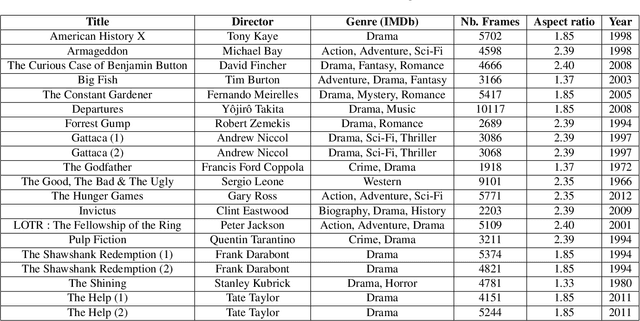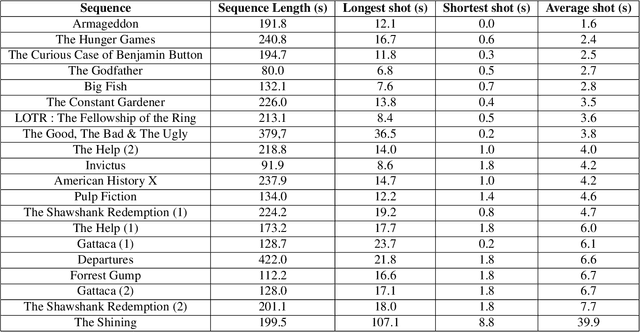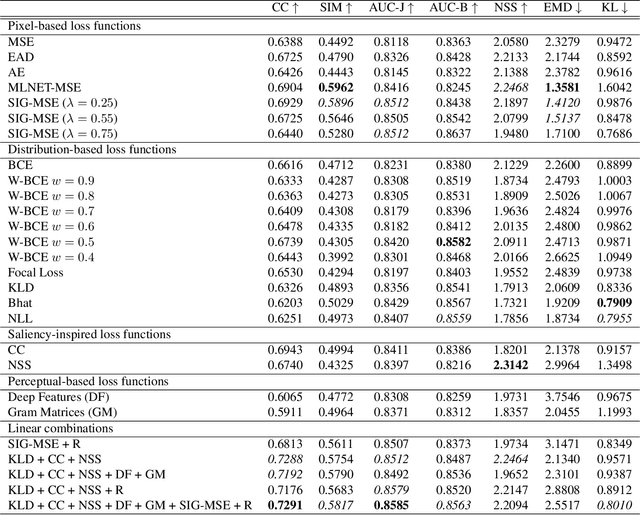Alexandre Bruckert
Efficient Listener: Dyadic Facial Motion Synthesis via Action Diffusion
Apr 29, 2025Abstract:Generating realistic listener facial motions in dyadic conversations remains challenging due to the high-dimensional action space and temporal dependency requirements. Existing approaches usually consider extracting 3D Morphable Model (3DMM) coefficients and modeling in the 3DMM space. However, this makes the computational speed of the 3DMM a bottleneck, making it difficult to achieve real-time interactive responses. To tackle this problem, we propose Facial Action Diffusion (FAD), which introduces the diffusion methods from the field of image generation to achieve efficient facial action generation. We further build the Efficient Listener Network (ELNet) specially designed to accommodate both the visual and audio information of the speaker as input. Considering of FAD and ELNet, the proposed method learns effective listener facial motion representations and leads to improvements of performance over the state-of-the-art methods while reducing 99% computational time.
Where to look at the movies : Analyzing visual attention to understand movie editing
Feb 26, 2021



Abstract:In the process of making a movie, directors constantly care about where the spectator will look on the screen. Shot composition, framing, camera movements or editing are tools commonly used to direct attention. In order to provide a quantitative analysis of the relationship between those tools and gaze patterns, we propose a new eye-tracking database, containing gaze pattern information on movie sequences, as well as editing annotations, and we show how state-of-the-art computational saliency techniques behave on this dataset. In this work, we expose strong links between movie editing and spectators scanpaths, and open several leads on how the knowledge of editing information could improve human visual attention modeling for cinematic content. The dataset generated and analysed during the current study is available at https://github.com/abruckert/eye_tracking_filmmaking
Deep Saliency Models : The Quest For The Loss Function
Jul 04, 2019



Abstract:Recent advances in deep learning have pushed the performances of visual saliency models way further than it has ever been. Numerous models in the literature present new ways to design neural networks, to arrange gaze pattern data, or to extract as much high and low-level image features as possible in order to create the best saliency representation. However, one key part of a typical deep learning model is often neglected: the choice of the loss function. In this work, we explore some of the most popular loss functions that are used in deep saliency models. We demonstrate that on a fixed network architecture, modifying the loss function can significantly improve (or depreciate) the results, hence emphasizing the importance of the choice of the loss function when designing a model. We also introduce new loss functions that have never been used for saliency prediction to our knowledge. And finally, we show that a linear combination of several well-chosen loss functions leads to significant improvements in performances on different datasets as well as on a different network architecture, hence demonstrating the robustness of a combined metric.
 Add to Chrome
Add to Chrome Add to Firefox
Add to Firefox Add to Edge
Add to Edge